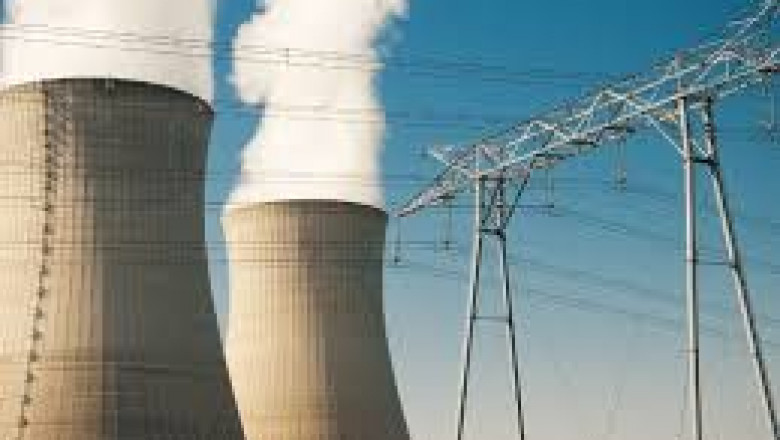views
The nuclear waste management market plays a pivotal role in ensuring the safe disposal and treatment of radioactive materials generated from nuclear power plants, medical research, industrial applications, and defense activities. As the global demand for clean and sustainable energy rises, nuclear power is being increasingly adopted as a low-carbon alternative to fossil fuels. However, with this rise comes the pressing issue of managing nuclear waste effectively.
Global Market Dynamics
The nuclear waste management market is experiencing steady growth, driven by heightened environmental concerns, strict regulatory policies, and technological advancements. As of 2024, the market is valued at over USD 25 billion and is expected to grow at a CAGR of 3.5% to 5% over the next decade.
Key factors influencing this market include:
-
Increasing Nuclear Power Generation: Countries like China, India, the U.S., and France are expanding their nuclear power capacities, increasing the volume of radioactive waste requiring management.
-
Stringent Government Regulations: Regulatory bodies across the globe, such as the U.S. Nuclear Regulatory Commission (NRC) and the International Atomic Energy Agency (IAEA), impose strict guidelines on waste storage, transportation, and disposal.
-
Decommissioning of Nuclear Reactors: Many aging reactors are being decommissioned, necessitating the safe disposal of spent fuel and other radioactive components.
-
Technological Innovations: Advances in waste immobilization, recycling, and repository design are enhancing safety and cost-effectiveness.
Market Segmentation
The nuclear waste management market can be segmented based on waste type, reactor type, and disposal method:
-
By Waste Type:
-
Low-Level Waste (LLW)
-
Intermediate-Level Waste (ILW)
-
High-Level Waste (HLW)
-
Transuranic Waste
-
-
By Reactor Type:
-
Pressurized Water Reactors (PWR)
-
Boiling Water Reactors (BWR)
-
Gas-cooled Reactors
-
Others
-
-
By Disposal Method:
-
Near-surface Disposal
-
Deep Geological Disposal
-
Storage in Pools or Dry Casks
-
Regional Insights
-
North America: Dominates the global market due to the presence of major players and a large number of operational nuclear reactors.
-
Europe: Focuses on sustainable nuclear waste strategies and has initiated several deep geological repository projects.
-
Asia-Pacific: Expected to witness the fastest growth due to rapid nuclear expansion in China and India.
-
Rest of the World: Includes emerging nuclear nations and regions focusing on policy development and infrastructure creation.
Challenges Facing the Market
Despite technological advancements, several challenges persist:
-
High Cost of Waste Management Infrastructure
-
Public Opposition to Nuclear Waste Facilities
-
Long-Term Environmental and Security Risks
-
Policy and Regulatory Hurdles
Overcoming these obstacles requires international cooperation, transparent governance, and sustained investment in R&D.
Future Outlook
The future of the nuclear waste management market looks promising. Innovations such as deep borehole disposal, reprocessing and recycling technologies, and AI-based monitoring systems are set to revolutionize the industry. As nations move toward decarbonization, nuclear energy — and by extension, nuclear waste management — will remain a cornerstone of global energy strategy.






















Comments
0 comment